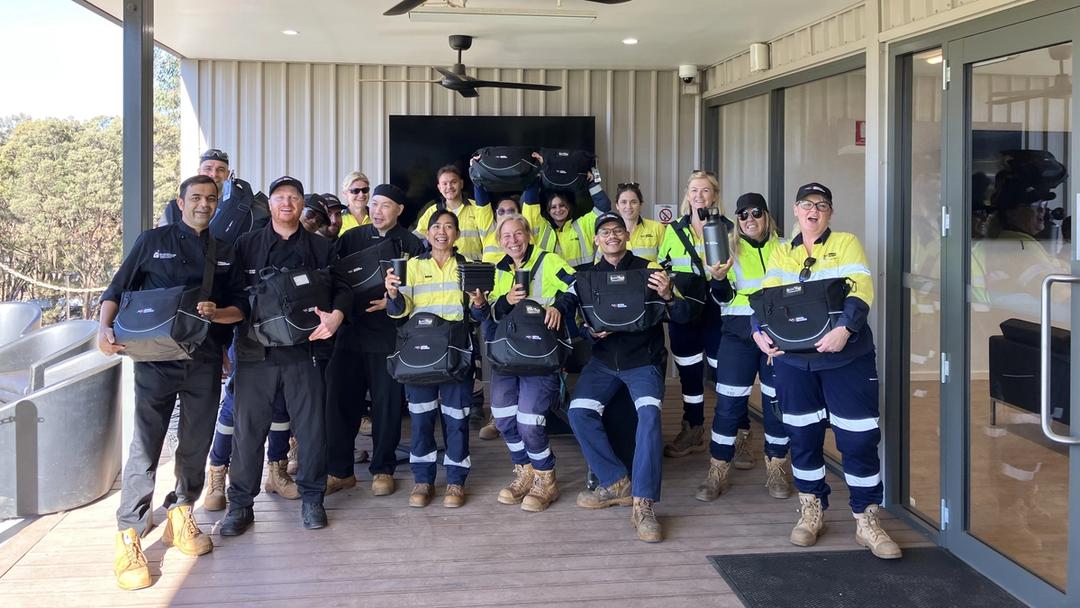Biodiversity
Protecting biodiversity is central to our operations and we are committed to safeguarding conservation-significant species and protected areas.

Our commitment
We are committed to respecting all protected areas and conservation significant species designated under Australian law, as well as United Nations Educational, Scientific and Cultural Organization (UNESCO) Natural World Heritage sites, UNESCO Man and the Biosphere Reserves, Wetlands designated under the Ramsar Convention and International Union for Conservation of Nature (IUCN) category I-IV areas.

Our approach
MinRes’ management approach to biodiversity is based on application of the precautionary principle and the four core principles of the mitigation and conservation hierarchy. Activities are undertaken in a progressive manner, seeking firstly to prevent negative environmental impacts and, where avoidance is not feasible, reduce impacts, assist environmental recovery after disturbance or compensate for any residual impact.

Biodiversity is captured within MinRes corporate risk registers, which are reviewed periodically to ensure the business remains agile and responsive to changing regulatory, climatic and social conditions that might influence risk ratings.
Our risk management
MinRes undertakes ecological surveys of biodiversity values, including targeted assessments for conservation significant flora and fauna, to assist in the development of environmental impact assessments. When undertaking these assessments, we consult with all relevant and affected stakeholders including, but not limited to, Traditional Owners, Commonwealth and state government authorities and local communities.
During FY25, we continued supporting various ecological research initiatives:
- Environmental DNA (eDNA) research program with Curtin University to examine how recent technological advances can provide more robust and efficient biodiversity survey techniques to define rehabilitation success. This project reached its completion in FY25, with various field experiments completed and additional studies written up and submitted for publication.
- Research programs to investigate the ecology and habitat requirements of Malleefowl with the National Malleefowl Recovery Group (NMRG) towards better conservation and restoration outcomes for the species. This project reached its completion in FY25.
- Development of a tool to utilise high resolution satellite imagery for near real-time monitoring of the health of groundwater dependent vegetation and other important ecosystems, which is being used in monitoring across our Pilbara sites. MinRes continued working with FrontierSI to drive development of the innovative ENVestigator monitoring tool, in partnership with BHP, Rio Tinto, Atlas Iron, Roy Hill, FMG, the Department of Biodiversity, Conservation and Attractions, the Department of Water and Environmental Regulation and Geoscience Australia.

Key documents
To support our commitment, we have established a robust framework of policies, standards and procedures:
- Biodiversity strategy
- Environmental policy
- Sustainability Policy
- Sustainability report
- Sustainability report tables
Related news

Mineral Resources (MinRes) has eliminated thousands of single-use meal containers from its operations by rolling out more than 5,000 reusable crib kits to its workforce — a move aimed at reducing waste and costs while driving positive change across its Western Australian mine sites.

Indigenous-led business Upcycle Tyre Services has been awarded a $5 million contract to MinRes' recycle haulage tyres.

Mineral Resources’ (MinRes) Osborne Park head office has become just the second building in Western Australia to achieve WELL V2 Platinum Certification.